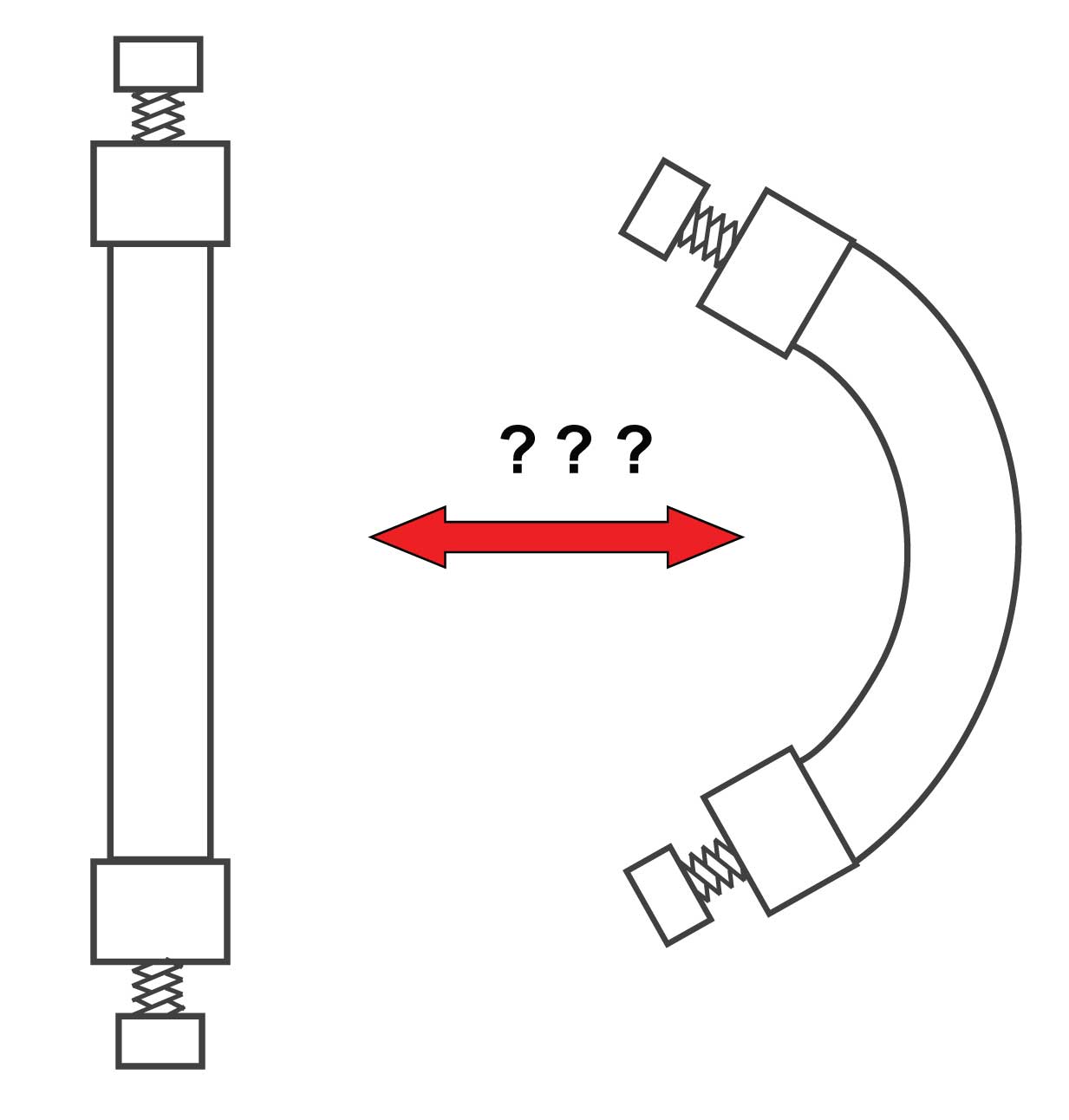What happens if your favourite HPLC column accidentally rolls off the bench and lands on the concrete floor of the lab? Is it ruined?
Advances in HPLC Column Resilience Over the Years
There was a time when HPLC columns were much more delicate than they are today, and any physical shock risked column damage. In the early days of HPLC, injectors often included a pressure-bypass circuit that helped to minimize the pressure shock the column experienced when an injection was made.
Despite their improved resilience, mishaps are still possible. But what really happens when a column faces unexpected physical shocks? Later, Rheodyne (now part of Idex) developed a make-before-break (MBB) injector valve designed for the same purpose. But the silica-based reversed-phase columns that most of us use today are amazingly durable. Some old timers reading this discussion will remember the early days of Waters µBondapak columns that came with a pressure bellows on the end of the column to keep a little pressure on the column, even if it was not being used. This purportedly helped to avoid early failure of the column.

What to Do if Your Analytical Column in HPLC is Dropped
Many analytical scientists wonder if a dropped column is still viable. Let me share an anecdote that illustrates column resiliency. Our laboratory provided the applications laboratory support for a major US column manufacturer for several years. This included testing of columns that were returned by customers with one complaint or another. One day, the package courier service delivered a column to us. Hand-written across the top of the box was “delivery refused.” The box had not been opened and, although the box was a bit scuffed, it didn’t look much different from any other package. “Now why would anyone refuse delivery of a column?” we thought. “And why would it come to us instead of the manufacturer?” Then we rolled the box over and saw the tyre mark across the bottom of the box. Apparently the courier had dropped the box and had driven over it. No wonder it was refused!
We wondered what was inside, so we opened the box. The column was visibly curved – definitely not what it looked like when it passed final inspection at the manufacturer! It was a slow day, so we decided to test the column, just for fun, to see how bad it was. To our surprise, it met the specifications for a new column. We couldn’t ship it to a customer in that condition, so we put it in our own private stock. The column lasted as long as any normal column would – although it didn’t fit very well into our column oven! When I’ve related this story to friends at other column manufacturers, they relate similar stories. One said that they bent a packed column in a U-shape just to see what would happen. It passed specifications, too.
Final Thoughts on Analytical Column Care and Handling
So the bottom line is that damage is unlikely if you accidentally drop an HPLC column. However, you should take reasonable care so that this isn’t a regular occurrence. The “good old days of HPLC columns?” I don’t think so – columns produced today are much more durable. Of course, there were other benefits of the good old days for purchasers of the µBondapak column mentioned above – each came in its own mahogany box! Perfect storage for cassette tapes after the column died. “Daddy, what’s a cassette tape?....”
This blog article series is produced in collaboration with John Dolan, best known as one of the world’s foremost HPLC troubleshooting authorities. He is also known for his research with Lloyd Snyder, which resulted in more than 100 technical publications and three books.




